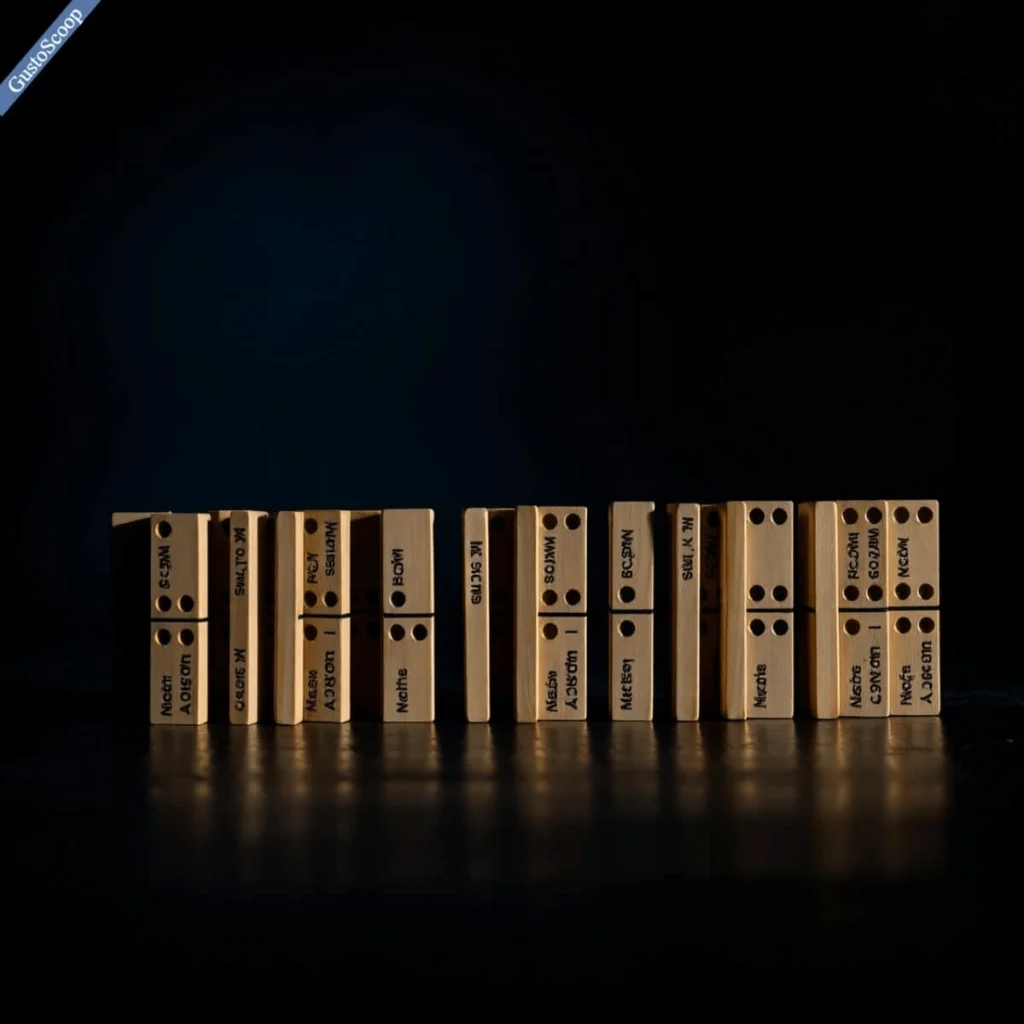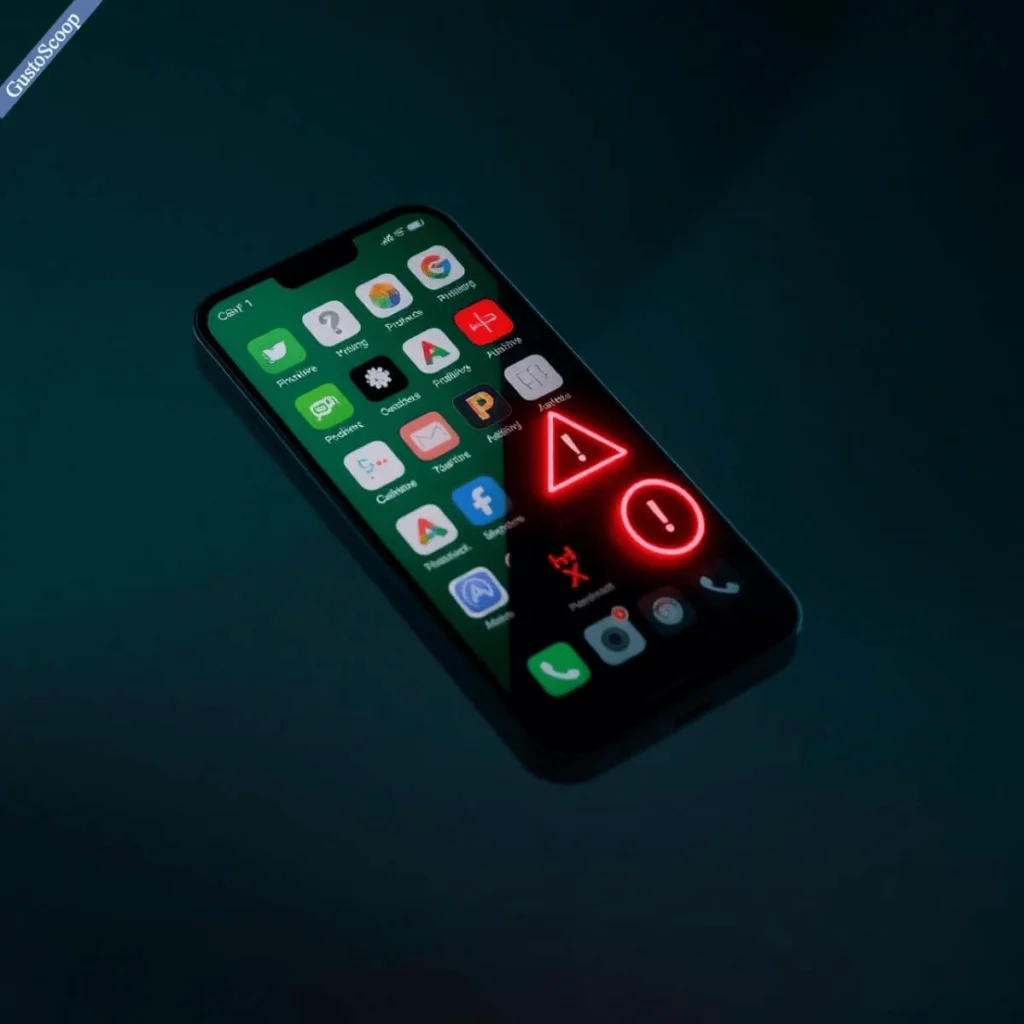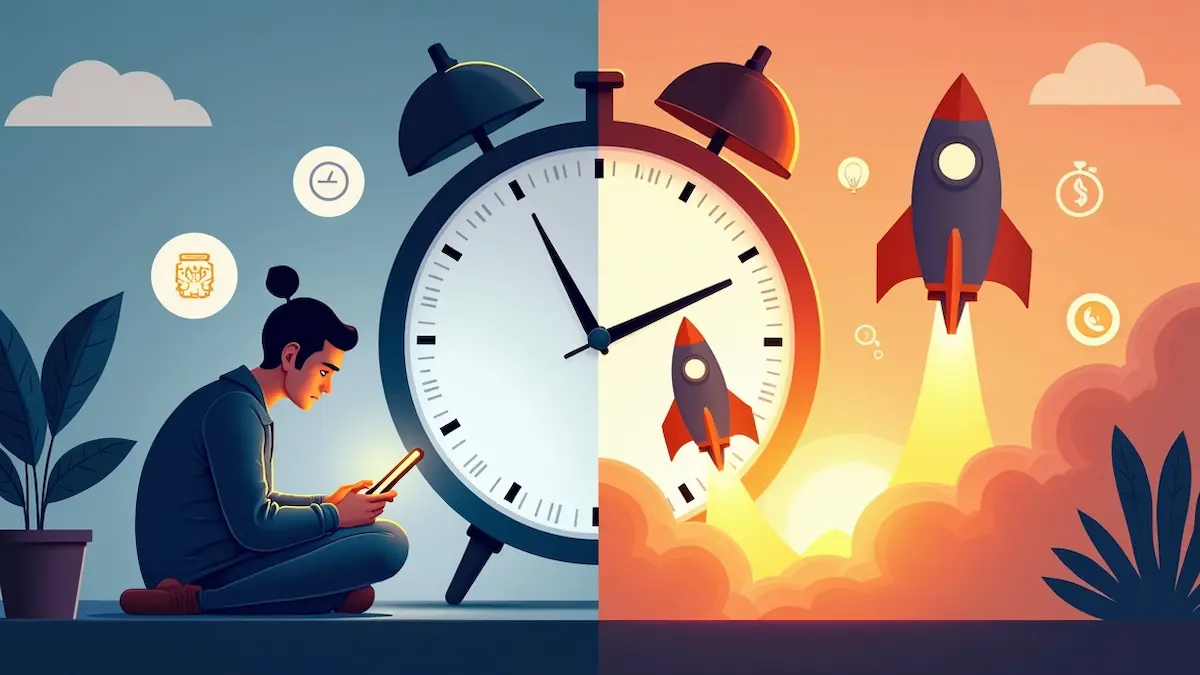Introduction
Imagine this: 88% of workers admit to procrastinating for at least one hour every day (Psychology Today, 2023). That’s nearly 9 out of 10 people sacrificing their goals to the invisible thief of time. But procrastination isn’t laziness—it’s a survival mechanism wired into your brain. When your prefrontal cortex (the logical planner) battles your limbic system (the emotional reactor), the limbic system often wins, trapping you in a cycle of avoidance. This article isn’t another generic productivity guide. Rooted in neuroscience and real-world case studies, it reveals how to replace procrastination’s paralyzing “vacuum” with unstoppable velocity: science-backed tactics to break free and achieve your boldest goals.

1. What Procrastination Really Means (Hint: It’s Not Laziness)
Procrastination comes from the Latin pro- (“forward”) and crastinus (“tomorrow”). Unlike laziness—a lack of desire to act—procrastinators want to act but are hijacked by emotional avoidance. Dr. Fuschia Sirois, a leading procrastination researcher, explains: “Procrastination is a coping mechanism for stress, not a time-management flaw.” For example, a student might delay studying for an exam not because they’re lazy, but because confronting the material triggers anxiety about failure. This emotional hijacking creates a loop where short-term relief (scrolling Instagram) overrides long-term rewards (acing the test).
2. Why Your Brain Chooses TikTok Over Work
Your brain’s amygdala—the fear center—often overrides logic when tasks feel threatening. A 2022 University of Cologne study found that anxious individuals exhibit 30% more amygdala activity when facing deadlines. Pair this with Temporal Motivation Theory (TMT), which states that distant deadlines feel less urgent, and you have a recipe for procrastination. For instance, writing a report due in a month feels less pressing than binge-watching a show that delivers instant dopamine. This “present bias” explains why your brain prioritizes Netflix over productivity, even when you know better.

3. The Domino Effect: Procrastination’s Silent War on Your Life
Procrastination isn’t harmless. A 2023 University of Sheffield study linked chronic procrastination to a 40% higher risk of depression and weakened immunity due to prolonged cortisol spikes. Take Mark, a project manager who delayed tasks until deadlines loomed. His chronic stress led to insomnia, and eventually, his dismissal after missing critical deliverables. Relationships suffer too: repeatedly canceling plans or forgetting birthdays erodes trust. Procrastination isn’t just a bad habit—it’s a silent saboteur of health, career, and connections.

4. Is Procrastination a Mental Illness? Experts Weigh In
Procrastination isn’t classified as a standalone mental illness in the DSM-5, but it’s a hallmark of ADHD, anxiety, and depression. Dr. Tim Pychyl, author of Solving the Procrastination Puzzle, clarifies: “It’s a self-regulation failure, not a disease.” However, extreme cases—like avoiding bills until eviction—may signal “procrastination pathology,” often tied to deeper disorders. For most people, though, procrastination is a habit, not a diagnosis. The key distinction? If it disrupts daily life for months, seek professional guidance.
5. 5 Red Flags You’re a Procrastinator (Not Just “Busy”)
How do you know if you’re a procrastinator? Watch for these signs:
Rationalizing delays: “I work better under pressure” (spoiler: studies show rushed work is lower quality).
Productive procrastination: Cleaning your desk for hours instead of tackling a presentation.
Perfectionist paralysis: Over-editing the first slide of a deck, fearing it won’t be flawless.
Decision avoidance: Postponing career moves or financial choices.
Shame spirals: Feeling guilty after procrastinating, which fuels more avoidance.
Entrepreneur Lena learned this the hard way. She delayed supplier payments for her bakery, blaming “busyness,” until debts nearly shut her down. Her turnaround? Admitting the problem and adopting accountability tools.
6. The Velocity Mindset: 3 Brain Hacks to Break Free
To escape procrastination’s grip, leverage neuroscience:
The 2-Minute Rule (David Allen): Commit to a task for just 120 seconds. Starting activates the nucleus accumbens (your brain’s reward center), creating momentum. Example: Write one email, and you’ll likely finish ten.
Circadian Time-Blocking: Schedule demanding tasks during cortisol peaks (8–10 AM for most, per University of Michigan research). Save low-energy work for post-lunch slumps.
Negative Visualization: Borrowed from Stoicism, imagine the worst-case scenario of not acting. Visualizing a missed promotion or financial loss triggers the amygdala’s fear response, jolting you into action.
7. From Chronic Procrastinator to CEO: Sarah’s Story
At 32, Sarah was stuck in a procrastination loop she’d carried since college. She’d delay projects until panic set in, then pull all-nighters. Her breakthrough came with two strategies:
Pomodoro + Focusmate: She used 25-minute work sprints (Pomodoro) paired with Focusmate, an app that connects users with accountability partners for live co-working sessions.
The “Pain Pact”: She signed a contract agreeing to pay a friend $50 for every missed deadline.
Within a year, her productivity soared by 200%, and she launched a tech startup now valued at $1M. Sarah’s story isn’t unique: 72% of Focusmate users report reduced procrastination within three months.

8. Tech Wars: Apps That Save or Sabotage You
Technology can be a double-edged sword. On one side:
Freedom: Blocks distracting sites across devices.
Beeminder: Charges your credit card if you miss goals (e.g., $10 for skipping a workout).
Otter.ai: Transcribes meetings instantly, eliminating hours of note-taking.
On the dark side, apps like TikTok and YouTube Shorts exploit dopamine loops. A 2024 Stanford study found 68% of procrastinators waste 3+ hours daily scrolling. The fix? Use app blockers during work hours and replace mindless scrolling with “dopamine stacking”—pairing tasks with rewards, like watching one episode after completing a report.

9. Unconventional Tips from Psychologists and CEOs
Experts share lesser-known strategies:
Fake Deadlines (Dr. Fuschia Sirois): Trick your brain by setting due dates two days earlier.
Dopamine Dressing (Marie Forleo): Wear clothes that make you feel powerful—studies show formal attire boosts focus.
Intentional Mistakes (Adam Grant): Send an email with a typo to desensitize perfectionism.
As Grant says: “Done is better than perfect. Perfect is the enemy of velocity.”
10. The Future: AI, Genes, and Neurofeedback
Emerging tools are revolutionizing procrastination management:
AI Schedulers: Apps like Motion use AI to adjust your calendar in real-time, prioritizing urgent tasks.
Neurofeedback Headsets: Devices like Muse train focus by monitoring brainwaves—users who practice daily report 35% fewer distractions.
Genetic Insights: University of Boulder researchers linked the COMT gene (which regulates dopamine) to procrastination. By 2030, DNA-based therapies could personalize anti-procrastination strategies.

Conclusion
Procrastination isn’t a moral failing—it’s biology. But with the right tools, you can rewire your brain. Start small: send that email, draft one paragraph, or block TikTok for an hour. As the Journal of Behavioral Psychology (2024) notes, those who adopt these strategies see 300% productivity spikes within six months. The path to velocity begins with a single step.
CTA: Share this guide with a friend stuck in procrastination’s vacuum. Your future selves will thank you.

